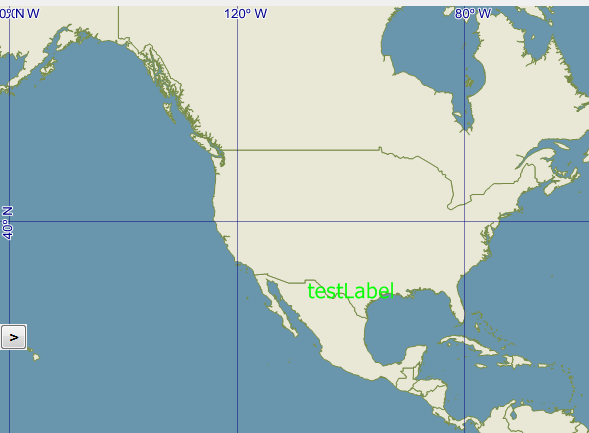I’m using a ScalingImageStyle for point represented by a bitmap that has a rotation as well. All my layers are unprojected WGS84, decimal degrees, and I’m projecting all the layers to a mercator projection like so:
Proj4Projection proj4Projection = new Proj4Projection();
proj4Projection.InternalProjectionParametersString = Proj4Projection.GetEpsgParametersString(4326);
proj4Projection.ExternalProjectionParametersString = Proj4Projection.GetEpsgParametersString(3857);
I also put the MapUnit in meters since that’s what the projection requires.
I noticed when I’m using my custom style, the x and y values are getting messed up. For instance, I’ll set a point to my ScalingImageStyle, and make it’s long/lat -100,30, which should be somewhere in Texas. When I set a breakpoint and look at the values for x and y, it shows them as -0.00089831…, 0.00026945… I’m guessing this is the mercator projection points for the same long/lat I put in decimal degrees, so it plots it near 0, 0 on the map, instead of -100, 30.
I guess I’m confused how projections work and updating the features within the layers that are projected. When I add features to a projected layer and give those features long/lat values, will the values be in the unprojected form, and then reprojected? If I add a point to the map with a decimal degrees long/lat, how do I get that to appear at the right location on the map when it’s all projected in mercator (meters)?
Edit: Here’s an example -
I add a feature at -100, 30 (this is decimal degrees). When I look in the layer’s internal features, it shows that feature at {POINT(-0.000898315284119521 0.000269494585229815)}. And it plots it near 0,0 on the map, which makes sense since the layer is projected in mercator and the map is in meters. How do I get that to plot correctly at -100, 30?





